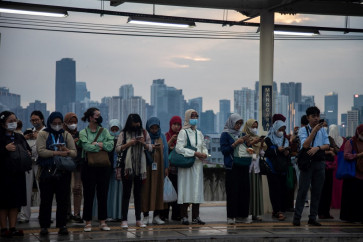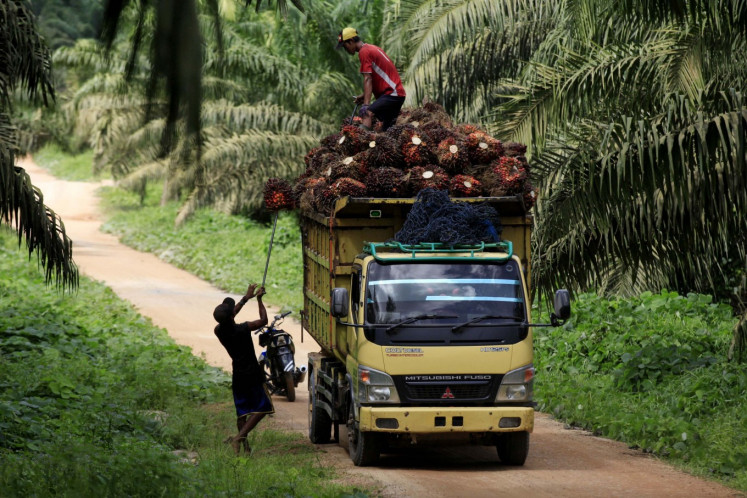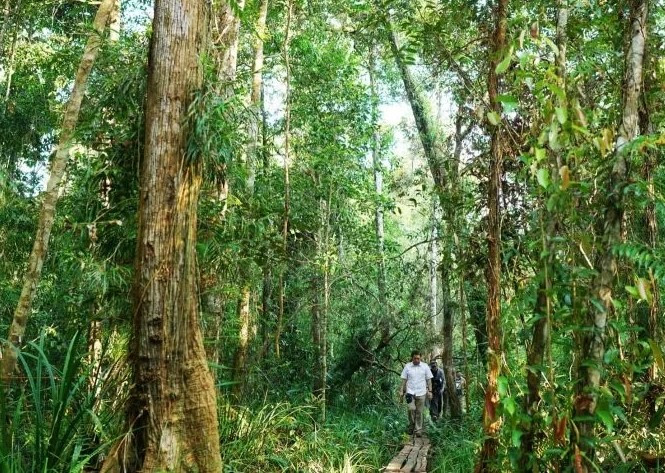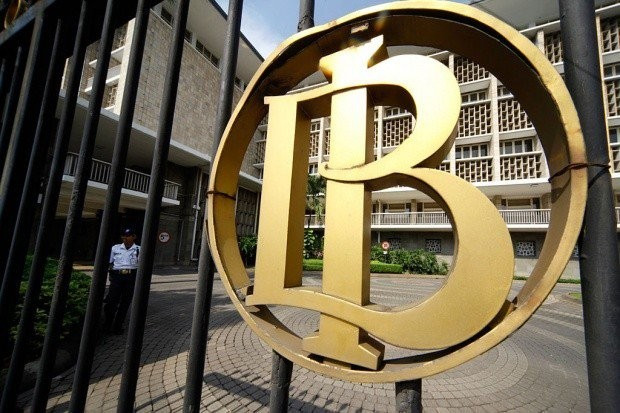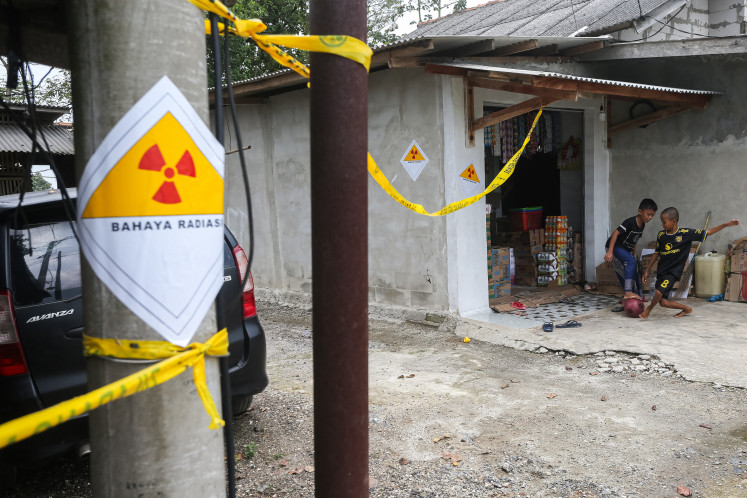Popular Reads
Top Results
Can't find what you're looking for?
View all search resultsPopular Reads
Top Results
Can't find what you're looking for?
View all search resultsCoral Triangle threatened by human activities
A new report shows that more than 85 percent of reefs in the Coral Triangle region, which spans the waters of six countries, including Indonesia, are directly threatened by human activities, significantly more than the global average of 60 percent
Change text size
Gift Premium Articles
to Anyone
A
new report shows that more than 85 percent of reefs in the Coral Triangle region, which spans the waters of six countries, including Indonesia, are directly threatened by human activities, significantly more than the global average of 60 percent.
Indonesia was also listed in the report as one of five countries with the highest category of vulnerability to coral reef degradation and loss within the global context. The other four were Papua New Guinea, the Philippines, the Solomon Islands and Timor Leste. Malaysia is not on the list but its province, Sabah, was also rated as having high vulnerability.
The report, Reefs at Risks Revisited in the Coral Triangle, disclosed the greatest local threats to reefs in the six countries come from over fishing, watershed-based pollution and coastal development.
It was released by the global environment think tank World Resources Institute (WRI) in collaboration with several organizations, including the USAID Coral Triangle Support Partnership (CTSP), at the 12th International Coral Reef Symposium in Cairns, Australia.
“Across the Coral Triangle region, coastal communities depend on coral reefs for food, livelihoods and protection from waves during storms, but the threats to reefs in this region are incredibly high,” said Lauretta Burke, WRI’s senior associate and the report’s lead author.
“Reefs are resilient as they can recover from coral bleaching and other impacts, particularly if other threats are low. The benefits reefs provide are at risk, which is why concerted action to mitigate threats to reefs across the Coral Triangle region is so important.”
Coral reefs provide food and livelihood for many tens of millions of coastal inhabitants globally, generate significant revenues via tourism and function as a natural breakwater for waves and storms. It has been estimated that reefs provide upwards of US$170 billion to $375 billion in goods and services globally each year.
Katie Reytar, WRI’s research associate and a lead author, said the influence of coral reefs on the most important aspects of people’s lives cannot be overstated.
“The influence extends far beyond the Coral Triangle to people around the world who benefit from the fisheries, tourism, medicines and other services that reefs provide.”
The Coral Triangle is the heart of the world’s coral reef which renowned as the “Amazon of the Seas”. The region contains nearly 30 percent of the world’s coral reef, 75 percent of all known coral species and is home to over 3,000 species of fish. It also supports the lives of more than 100 million people.
Contributing author Maurice Knight, who is CTSP team leader, said the report is an important contribution to supporting the six countries in making critical decisions related to protecting their marine resources.
“The region-wide perspective on the status of coral reefs as depicted in this report demonstrates the urgency of the situation and the need for immediate action.”
Director of Hasanuddin University’s Center for Coral Reef Research Jamaluddin Jompa said it took more action to protect Indonesia’s coral reefs.
“There are so many challenges. We cannot be slow and ignorant, but should be more efficient and smart,” said Jamaluddin, who was one of speakers at the symposium’s plenary session.
“With rapid population growth, demand will also grow, including from our ocean. Even now, pharmaceutical businesses have explored the sea to find drug materials. If we do nothing, I am afraid our coral will be gone by the time we actually start doing something.”
Worldwide, many reef-dwelling species have the potential for forming life-saving pharmaceuticals, including treatments for cancer, HIV, malaria and other diseases.


